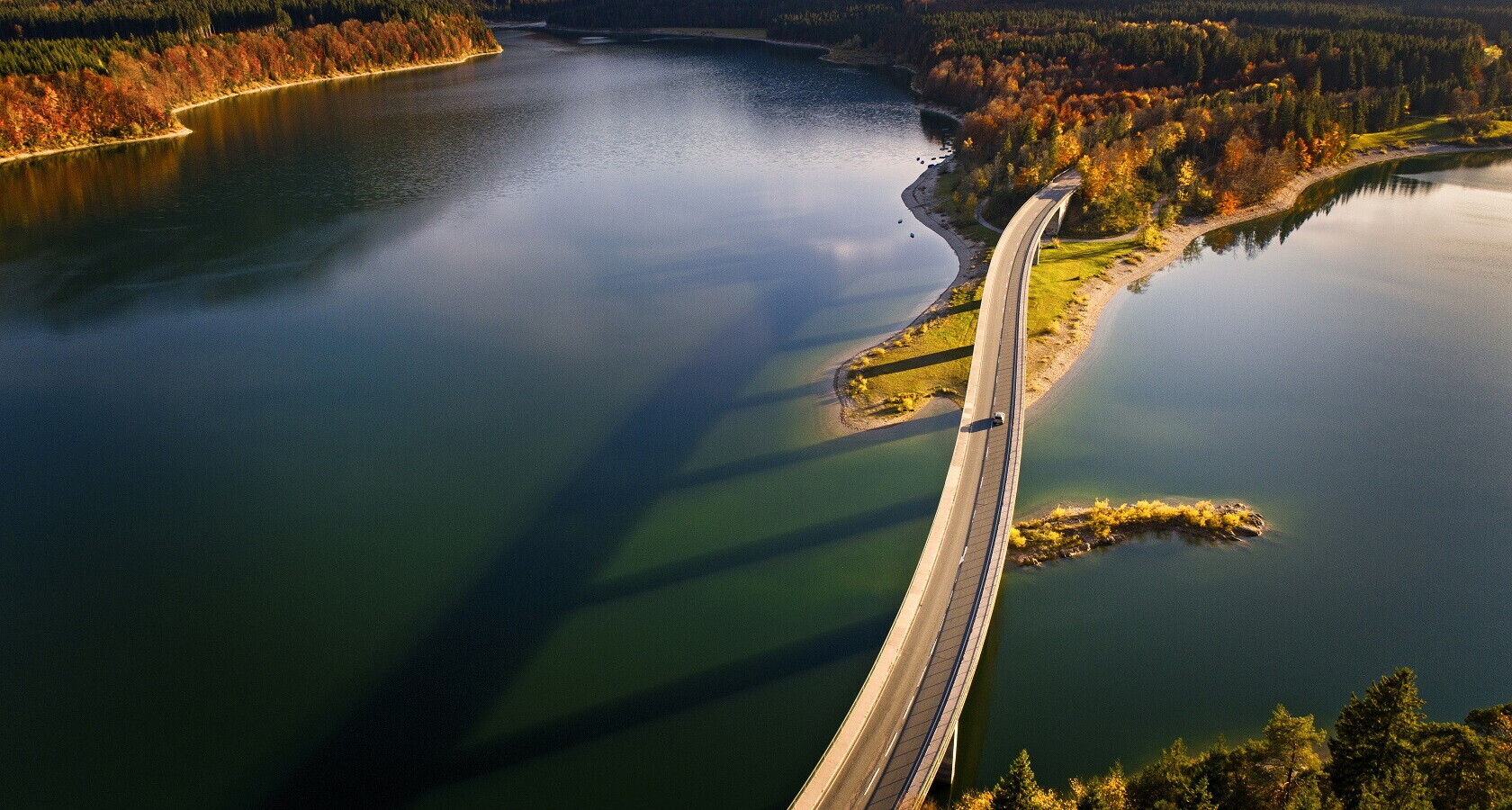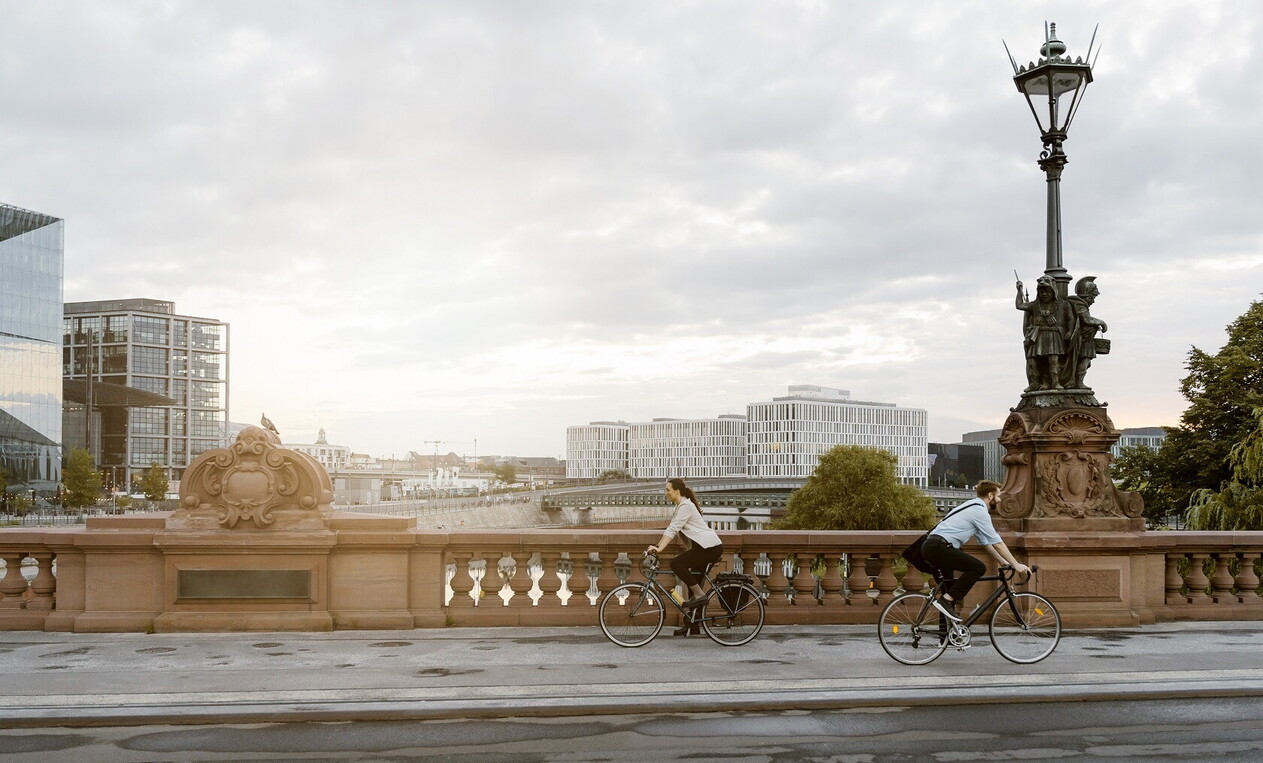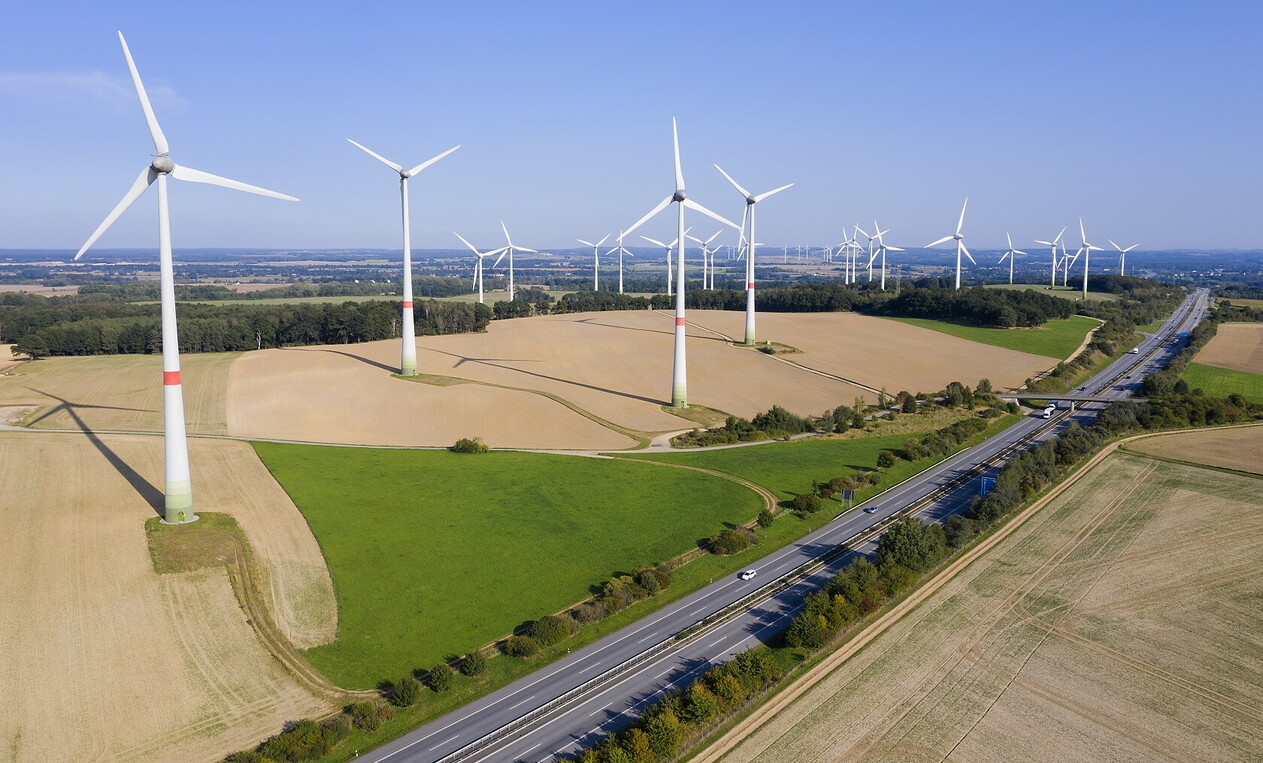
What future for Berlin
The energiewende in times of green backlash
Germany’s highly ambitious energy transition goals, faces high costs and the anti-green opposition, slowing processes and outcomes. From state elections to federal ones, what’s next?
14 minG
ermany is pursuing one of Europe’s most ambitious climate policies, pledging to reach net-zero by 2045, five years earlier than the EU’s target. The country embarked on a massive Energiewende—an energy transformation—focused on increasing clean energy while simultaneously phasing out coal and nuclear power. Support for the Energiewende has been shared between the two main parties, the Christian Democratic Union (CDU) and the Social Democratic Party (SPD). It was championed by CDU Chancellor Angela Merkel since 2010 and became a cornerstone of cooperation in the Große Koalition formed by conservatives and socialists between 2013 and 2021. Since 2021, when the SPD formed a coalition with the Greens and Free Democratic Party (FDP), led by Chancellor Olaf Scholz, several legislations have promoted the transition, including the Building Energy Act, the Onshore Wind Act, and the Green Hydrogen Import Strategy.
However, concerns over the Energiewende’s economic and social costs are growing. Voters’ fears are further exacerbated by weak economic performance, even in traditionally strong sectors like the automotive industry. This is fueling support for anti-green parties, particularly the far-right Alternative für Deutschland (AfD) and the left-wing Bündnis Sahra Wagenknecht (BSW), which have achieved electoral successes at both the state and European levels in 2024. Their gains are now pushing mainstream parties to re-evaluate how to balance climate efforts with economic competitiveness, aiming to address voters’ disaffection with climate policies.
Moving toward early elections
Attracting these voters is now more important than ever, as the country heads toward early federal elections. Internal disputes over budget issues culminated in Chancellor Scholz’s dismissal of FDP Finance Minister Christian Lindner, triggering the collapse of the coalition and setting in motion the process that will lead to early elections on February 23, 2025.
D
iscontent with climate policies will play a significant role in this election, particularly for the CDU, favored in the polls, and its leader Friedrich Merz, who is expected to become the next chancellor. Under Merz, the party has adopted a more conservative stance on energy policy, criticizing excessive subsidies for renewable energy and the nuclear phase-out. Merz had advocated for extending the operational lifespan of existing reactors during the energy crisis and proposed building new ones. He referred to the 2023 shutdown of Germany’s last three nuclear reactors as a "black day for Germany".

While these positions may appeal to voters disillusioned with climate policies, it remains unclear how a CDU-led government would shape energy policy after the elections. The direction taken by the new government will largely depend on which party the CDU will ally with, as it is unlikely to secure a majority on its own. However, the two main drivers of the Energiewende and potential coalition partners, the Greens and the SPD, are increasingly struggling to keep climate action as one of Germany’s priorities. Their roles in the next legislative cycle are highly uncertain, as both parties face declining popularity and challenges in countering the rise of anti-green parties.
Green backlash in the Eastern states
While preparing for a federal confrontation, parties are reflecting on the recent state elections in Thuringia, Brandenburg, and Saxony.
The AfD became the largest party in Thuringia and a close second in both Saxony and Brandenburg. The party campaigned on a platform advocating rollbacks of climate measures, including exiting the Paris Agreement and reversing the country’s coal phase-out. At the same time, the BSW blamed the country’s clean energy push for deindustrialization, ranking third in Thuringia, Saxony, and Brandenburg. Both parties have also highlighted the negative impact that decoupling from Russian gas has had on the country’s economy.

T
his anti-green rhetoric resonated particularly with voters in the mining regions of the three states, where many communities’ socio-economic conditions are heavily reliant on coal. As mines close and coal-fired power plants phase out, workers feel they are bearing the cost of the transition with little benefit. This has led to a backlash against green policies and fuelled the rise of both the AfD and the BSW. A similar backlash was seen even in Brandenburg, a stronghold of the SPD since reunification, where the SPD narrowly retained power. The Socialists secured first place with 30.9 percent of the vote, but were closely followed by the AfD at 29.2 percent. Victory is largely credited to the personal popularity of Dietmar Woidke, the SPD’s incumbent Minister-President since 2013. Significantly, Woidke chose not to campaign alongside Scholz, reinforcing perceptions that the SPD’s unpopularity is directly tied to its Chancellor.
The election in Brandenburg also demonstrated potential for cooperation between the CDU and the SPD, which could have significance at the federal level. In the lead-up to the vote, while polls showed the SPD and AfD locked in a tight race for first place, Saxony’s Minister-President, Michael Kretschmer, from the CDU, called on center-right voters to back the socialists instead of the conservatives, aiming to prevent the AfD from gaining control of the state.
Return of the Große Koalition?
Similarly, at the federal level, as polls indicate the SPD and AfD are closely matched for second place, discussions are growing about the possibility—or necessity—of a new Große Koalition between conservatives and socialists. This is hardly a welcomed partnership for either Merz or Scholz, but options may be limited after the elections. While the AfD continues to grow, none of the other parties are willing to form a coalition with them, seeing it as a threat to German democracy. A Brandmauer, an informal agreement among all mainstream parties, excludes the far-right party from entering coalition governments.
By excluding the AfD, the remaining candidate for a two-party coalition is the SPD, which is, however, burdened by Scholz’s unpopularity and a negative economic record. Nonetheless, Große Koalitionen have been formed even after one of the two parties emerged from elections severely weakened, as seen with the Fourth Merkel Government.
As the election campaign gains momentum, the platforms of the two parties align on several general Energiewende goals, including the 2045 net-zero target and expanding the country’s hydrogen sector. However, disagreements are growing regarding the reliance on blue versus green hydrogen, the decarbonization of the automotive sector, and the role of nuclear energy.
O
n automotive decarbonization, Scholz has proposed that Germany’s car-manufacturing future ‘lies in electric mobility’ and has advocated for purchase premiums for electric cars. In contrast, Merz has opposed the European phase-out of internal combustion engine cars by 2035 and announced that, if elected, he will call for its reversal. Finally, disagreement remains over the role of nuclear power. The CDU has long shown interest in restarting the country’s nuclear power plants, while the SPD calls this idea expensive and impractical, expressing in its manifesto a commitment to reaching climate neutrality without using nuclear power.
As these disagreements would require continuous compromises, many voters believe that a CDU-SPD coalition would lack the ability to implement effective reforms. However, few other options may secure a majority. Furthermore, a Große Koalition may become more appealing if, after the elections, the Social Democrats are led by the more popular Defence Minister Boris Pistorius instead of Scholz. Pistorius has gained popularity for his strong stance on the Russia-Ukraine conflict, placing him in an ideal position to engage with Merz, who has also taken a notably hawkish stance on increasing German support for Ukraine.
Is there still Room for the Greens?
Meanwhile, the possibility of a new Große Koalition has been criticized by Greens leader and Economic Affairs Minister Robert Habeck, who has declared his intention to run for chancellor. While this move has attracted scepticism due to his party currently polling in fourth place, it highlights the Greens’ interest in retaining a position in a CDU-led government—an unlikely but not impossible option.
Greens’ participation in a CDU-led government remains improbable due to Merz’s criticisms of their migration and climate policies
The Greens, once an anti-establishment and left-leaning political force, have now shifted under Habeck towards more moderated positions on the Energiewende, attracting a segment of the electorate previously aligned with moderate Merkel voters. Still, Greens’ participation in a CDU-led government remains improbable due to Merz’s criticisms of their migration and climate policies. Additionally, a CDU-Green coalition is unlikely to secure a comfortable majority, and finding a third coalition partner would be complex. The FDP has traditionally been the CDU’s junior partner but is currently polling below the 5 percent threshold required to enter parliament. Even if the party secures some seats, a three-way CDU-Green-FDP coalition risks mirroring the struggles of the current government, with only the SPD being replaced as its central player.

What next for the Energiewende?
Amid the political crisis and prolonged negotiations following the elections, the issue that triggered the coalition collapse—budget discussions—will remain unresolved. As a result, resources available for the Energiewende will be limited. The new auction for the Carbon Contracts for Differences, which are designed to subsidize climate-friendly production methods, and an aid package containing tax breaks for electric cars to support the struggling automotive sector have already been delayed and now risk being halted, depending on the nature of the 2025 budget.
The Bundesverband der Deutschen Industrie (BDI)—or Federation of German Industries—has also called for increased investment in the energy sector over the next five years. They estimate that current public sector investments are approximately 41 billion euros short of what is needed to meet the announced Energiewende targets at both the state and federal levels. This shortfall would impede efforts to finance the energy-efficient modernization of buildings, grid expansion, hydrogen infrastructure, and the production and storage of renewable energy.
I
nvestment necessities are sparking debate over a possible reform of the Schuldenbremse—the constitutional limit restricting the deficit to under 0.35 percent of GDP. The rule already prevented the allocation of a 60-billion-euro fund in the 2024 budget intended to facilitate the transition. While Merz has hinted at his willingness to reform it, and the SPD has similarly announced its intention to design new debt rules, the debate is likely to take time. Additionally, due to the rise of the AfD, even a Große Koalition may struggle to secure the necessary supermajority for constitutional changes.
Budget delays, the difficulty of debt reforms, and a general shift to the right raise uncertainty over how to finance the transition and whether the political conditions for its implementation are fading. The rise of anti-green parties at the state level offers a partial preview of the federal level, highlighting voters’ doubts: Was it the right decision to phase out coal and nuclear power? Are climate efforts burdening German industries? Has access to Russian gas been permanently halted, and what effect will this have on the economy?
While some believe there is no turning back on these issues, others are increasingly questioning them, posing challenges for the future of the Energiewende. Electoral outcomes will determine how, and if, the next government will be able to address these concerns without sacrificing climate ambitions.

